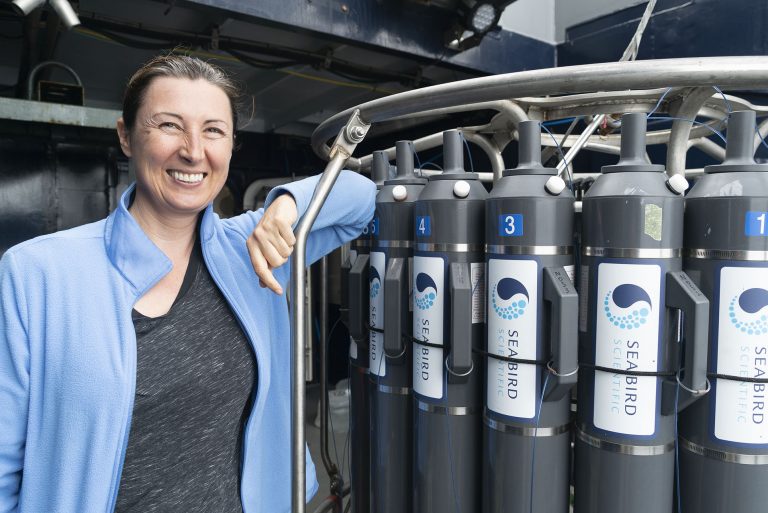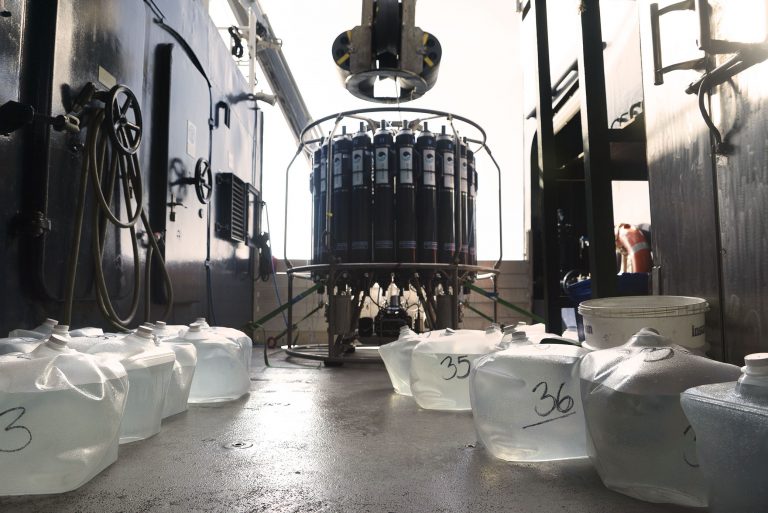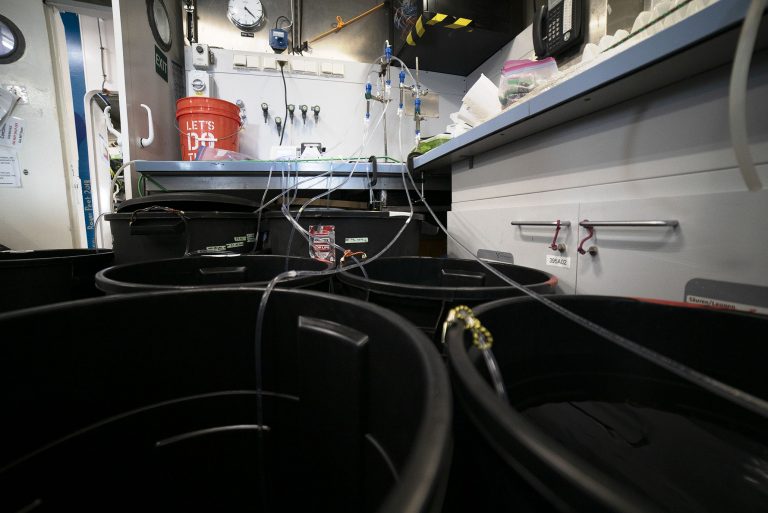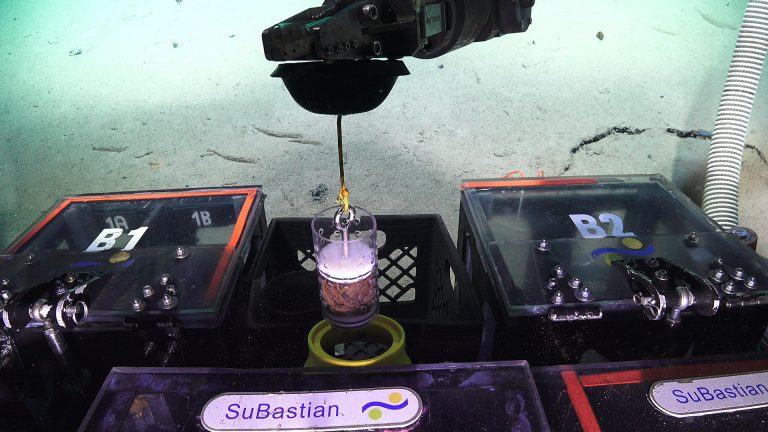On Friday, March 11, 2011, a colossal 9.1Mw earthquake stroke the coast of Japan. It It was the fourth most powerful earthquake since modern record-keeping began in 1900. The earthquake triggered powerful tsunami waves, thought to have been as high as 40.5 meters. It cost the lives of thousands of people, and around $34.6 billion in damages. The natural disaster also triggered the most significant nuclear accident since Chernobyl.
The Fukushima Nuclear Disaster was the only other disaster other than Chernobyl to be given the Level 7 event classification of the International Nuclear Event Scale. The scale is intended to be logarithmic, which means that each increasing level represents an accident approximately ten times as severe as the previous level. Level 7 is the highest, and it means that the Fukushima nuclear event was a major release of radioactive material with widespread health and environmental effects. As tsunami waves topped the seawalls of the Fukushima nuclear plant, seawater was used to cool down the reactors and water from cooling pools was released – a vast amount of radioactive material reached the ocean.
Like most people around the world, Dr. Henrietta Dulai followed the news with great concern for the human and environmental cost of the disaster. Nonetheless, she knew that an opportunity was presenting itself. By looking at the chemical fingerprint of the ocean water and identifying chemical elements – specifically the isotopes of those elements – she would be able to reconstruct the journey traveled by water masses. She would know whether the seawater had been in contact with the continental shelf or the deep seafloor. Each water mass would have specific element signatures, and Dr. Dulai knew she needed to start chasing the man-made radioactive element caesium.

Radioactive Ocean
Dr. Dulai understands the negative connotations that surround the concept of radioactivity, despite the fact that all forms in nature, even human bodies, are radioactive. “The ocean is quite radioactive, much more so than rivers,” she says. “Sodium and chloride make it salty, but that is also caused by other major ions such as potassium. Potassium 40 makes the ocean very radioactive. There are 10,000 units of potassium for every unit of caesium in the ocean, even after Fukushima.” In fact, there is so much potassium in the ocean, and it decays over such a long period of time, that in oceanographic processes this radiation is almost a constant. It is precisely the ubiquity of potassium that renders it useless for Dr. Dulai’s research purposes.
Non-radioactive elements are stable, but radioactive ones decay over time. This a fundamental difference is at the core of Dr. Dulai’s work. By knowing both (1) how long it takes for the radioactive atoms of certain elements to decay, along with (2) where they originated, she can to know how the water has been moving and where it has been. This is why she is especially interested in the naturally occurring radium and the man-made caesium: both of these elements have a well-know life-span and identified sources. Caesium entered the ocean during the nuclear weapon tests and because of Fukushima, while radium is a natural byproduct of the decay of the uranium contained in rocks on the seafloor.

Tracers
“One of the objectives of this expedition is to look for a current in the intermediate water layer that should run from West to East or from East to West,” Dr. Dulai explains, “so I’m looking at caesium isotopes that were released from Fukushima into the Kuroshio current.” Since 2011, scientists have characterized an enrichment of caesium in the Kuroshio current trying to understand the way the current flows, and then ground proofing their hypothesis by observing where the current takes the isotopes and how they disperse.
Caesium will also offer clues about how much vertical mixing has occurred (meaning how much water layers at different depths have mixed) by looking at caesium distribution along the water column. Based on the distribution of the element, she is also trying to find out how sharp certain water interfaces are, not just by measuring their density or temperature, but by analyzing the elements they contain and how mixed (or isolated) they are.
“I’ve always been fascinated by chemistry itself, and specifically how clearly you can detect even tiny amounts of radium and other radioactive elements,” says Dr. Dulai. “I did a calculation: one 75-liter water sample has about 1 million atoms of radium 228, which is 10-15 of the sample. A million atoms might sound like a lot, but it’s really a tiny amount – it is mysterious and amazing that we are able to measure it.” The reason why these elements are plain to detect is because of the alpha particles and gamma rays they liberate as they decay – no stable elements share this characteristic.

Water. A Lot of Water
For Dr. Dulai to identify such minuscule amounts of trace elements, she needs to filter huge amounts of water to obtain her samples. So far she has collected 1500 liters, and she is only half-way through the expedition. To gather her samples, she takes advantage of Falkor’s hydro-cast system, collecting water in Niskin bottles at different depths. She is matching the hydro-casts with ROV SuBastian‘s dive sites, and comparing the data with what filters onboard the ROV register. SuBastian is carrying acrylic fibers which are coated with manganese oxide; the oxygen in the manganese oxide has a negative charge that attracts radioactive cations in the open ocean. Dr. Dulai filters the water onboard and will take the resulting samples to her lab ashore for further analysis. She will be busy for at least a year after this expedition is over.
After the Fukushima disaster, many experts thought Hawaii would take a direct hit from the radioactive water traveling from Japan. They were wrong. The water traveled north, hitting the United States’ West coast, and by the time it reached Hawaii it was so diluted that the Fukushima-caused radiation was not an issue. This illustrates how useful certain elements can be as tracers of water masses’ movement. “Caesium has become a tracer,” she declares. This disaster was a tragedy on many levels, but researchers such as Dr. Dulai have been doing their best to generate positive knowledge out of the catastrophe.


